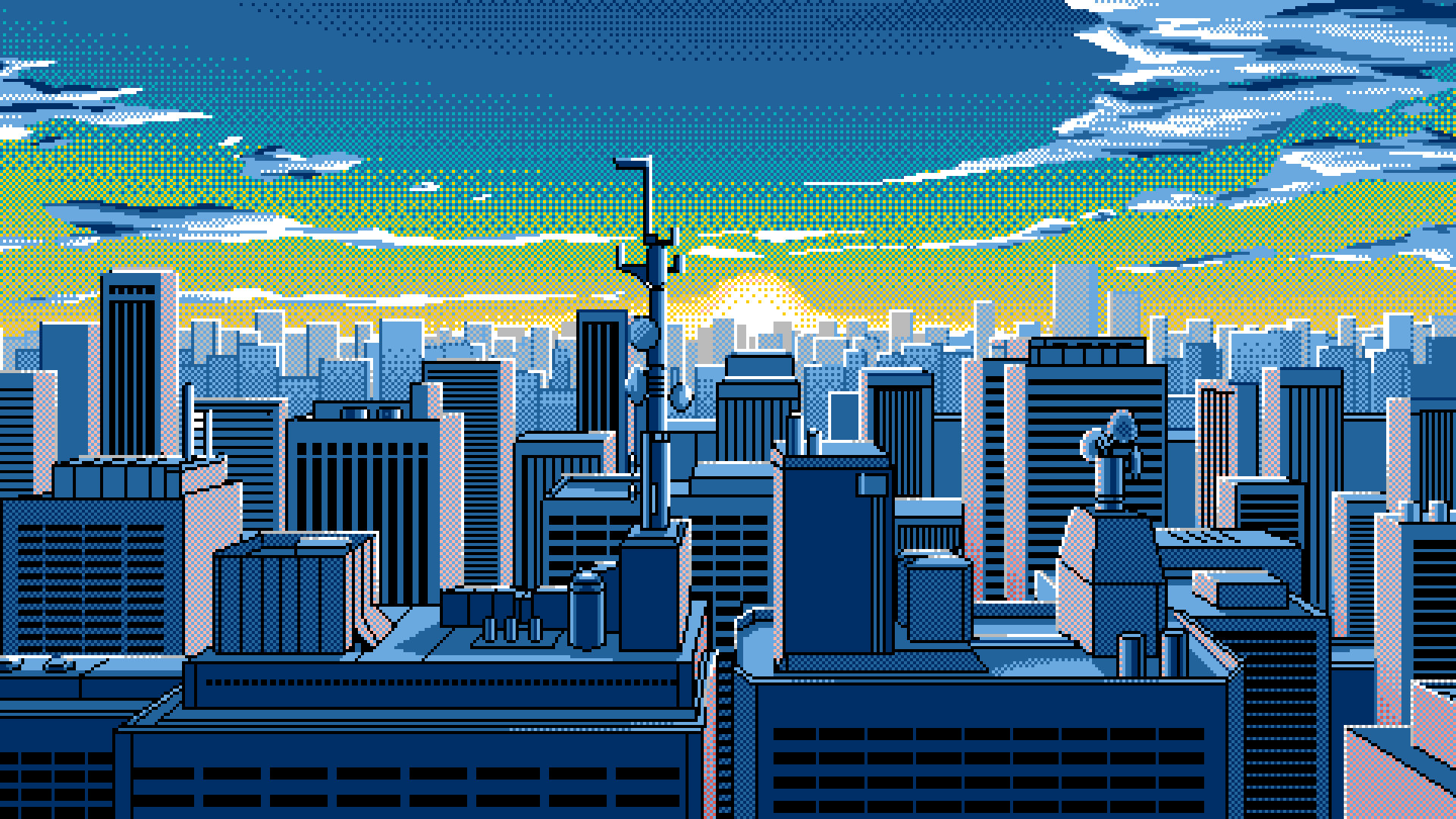


Giger), but from a certain point of view, it's actually quite forgiving and confers lots of artistic license: These would typically run at a screen resolution of 320×200 and appear pixelized, especially so on a modern display: Space Quest IV (Sierra On-Line, 1991) Indiana Jones and the Fate of Atlantis (LucasArts, 1992)Ĭontemporary game developers sometimes work at low resolutions, producing a similar effect: The Last Door (The Game Kitchen, 2013-2017) Kathy Rain (Clifftop Games, 2016) Milkmaid of the Milky Way (Machineboy, 2017)Īt first glance this seems restrictive ( just ask H.R. I've focused my attention on a sub-genre that hews close to the style of early 1990s Sierra and LucasArts adventure games. Point-and-click adventures make up a fairly broad genre with many different art styles. I've suspected that adventure game graphics in the point-and-click vein could be one of those domains, and since I'm helping someone dear to me realize such a game, I had the excuse I needed to explore it a little and write this case study. However, with human guidance and a carefully chosen domain, it can still do some very impressive things. anatomy, architecture, the finer points of Victorian-era dinner etiquette, art critics), and object inpainting aside, it doesn't rise to the level of realism where I'd worry too much about the fake news potential either. It's got an idea of what things look like and how they can visually fit together, but it's very vague on how they work (e.g. There are already plenty of good articles out there on the model's strengths and weaknesses, so I won't go over that here other than to note that it's not a threat to high-end art. It's a lot of fun, but beyond its obvious application as a cornucopia of funny cat avatars, I think it's now fit to use in certain kinds of creative work. I recently got access to OpenAI's DALL-E 2 instance.


 0 kommentar(er)
0 kommentar(er)
